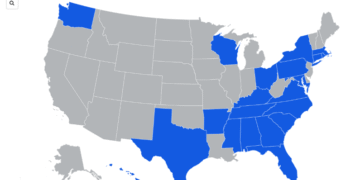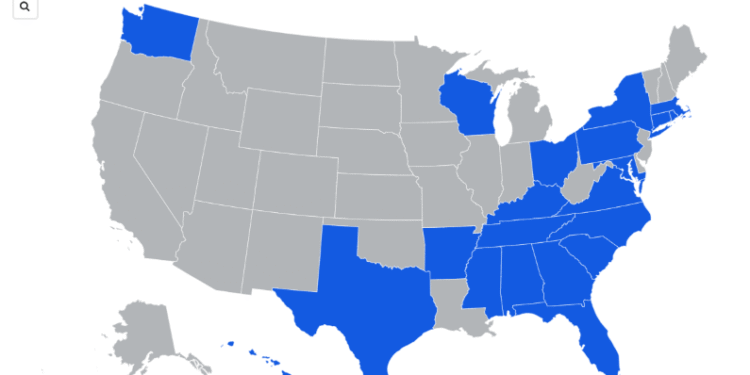Login to Continue Learning
Asian needle ants, an invasive species known for causing life-threatening allergic reactions, have now been detected in at least 21 U.S. states. First identified in the U.S. in the 1930s, this species has established a significant presence from the Southeast to the Northwest, alarming public health and environmental officials.
According to reports on antmaps.org, these ants have been spotted in Wisconsin, Texas, Washington, and other states. The expanding presence of Asian needle ants poses dual threats: immediate health risks due to their stings, which can cause anaphylaxis, and long-term environmental disruption by competing with native species.
The ants’ scientific name is Brachyponera chinensis. They are small, shiny, dark brown to black insects about 0.2 inches long, with lighter orange or brown tips on their antennae and legs. Identification can be challenging due to similarities with other eastern U.S. ant species. Stings cause intense localized pain, redness, and hives.
In some individuals, Asian needle ant stings can lead to anaphylaxis—severe allergic reactions requiring emergency treatment. The percentage of people in the U.S. who have developed hypersensitivity to these stings is unknown. Additionally, these ants threaten native species that play crucial roles in seed dispersal and local ecosystems.
Asian needle ants nest under logs, debris, stones, landscaping timbers, pavers, and mulch. They do not form visible foraging trails but can appear as early as March. These ants spread through infested materials, such as firewood, and threaten native ant species essential to agriculture and natural environments.
Experts recommend wearing gloves when working outside and removing nesting materials like stacked firewood from properties. Professionals use bait-based controls that are not available to consumers, aiming to protect native species while effectively managing the invasion.
Researchers and environmental officials continue to track the range and impact of Asian needle ants.
If you have a story for Newsweek or questions about this issue, contact LiveNews@newsweek.com.
📚 Reading Comprehension Quiz
Which of the following is NOT a characteristic of Asian needle ants mentioned in the passage?
Please login or register to take the quiz and earn points!



















